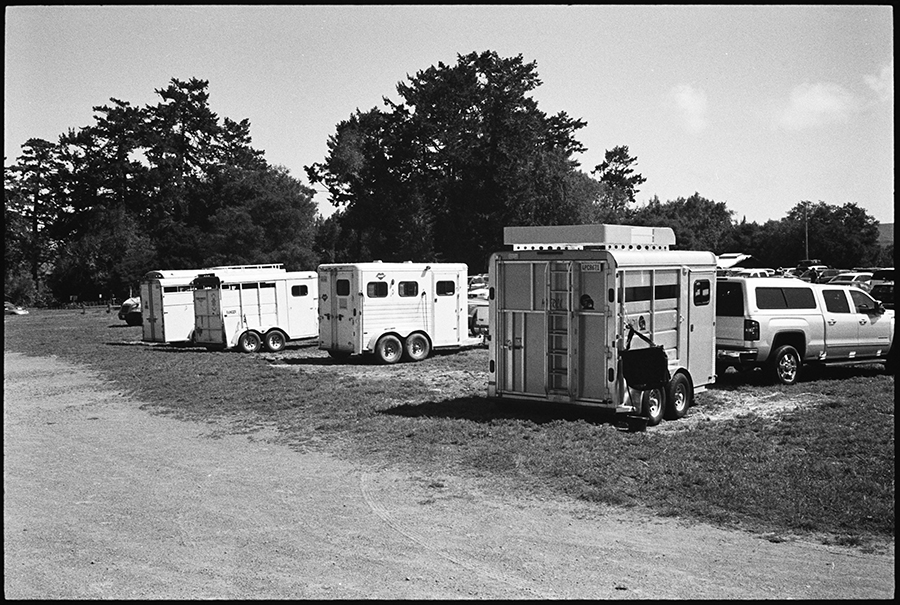Cars overflowing into a parking lot reserved for horse trailers at the Point Reyes National Seashore’s Bear Valley Visitor Center irked equestrians on . . .
Equestrians say nay to overflow parking


Cars overflowing into a parking lot reserved for horse trailers at the Point Reyes National Seashore’s Bear Valley Visitor Center irked equestrians on . . .